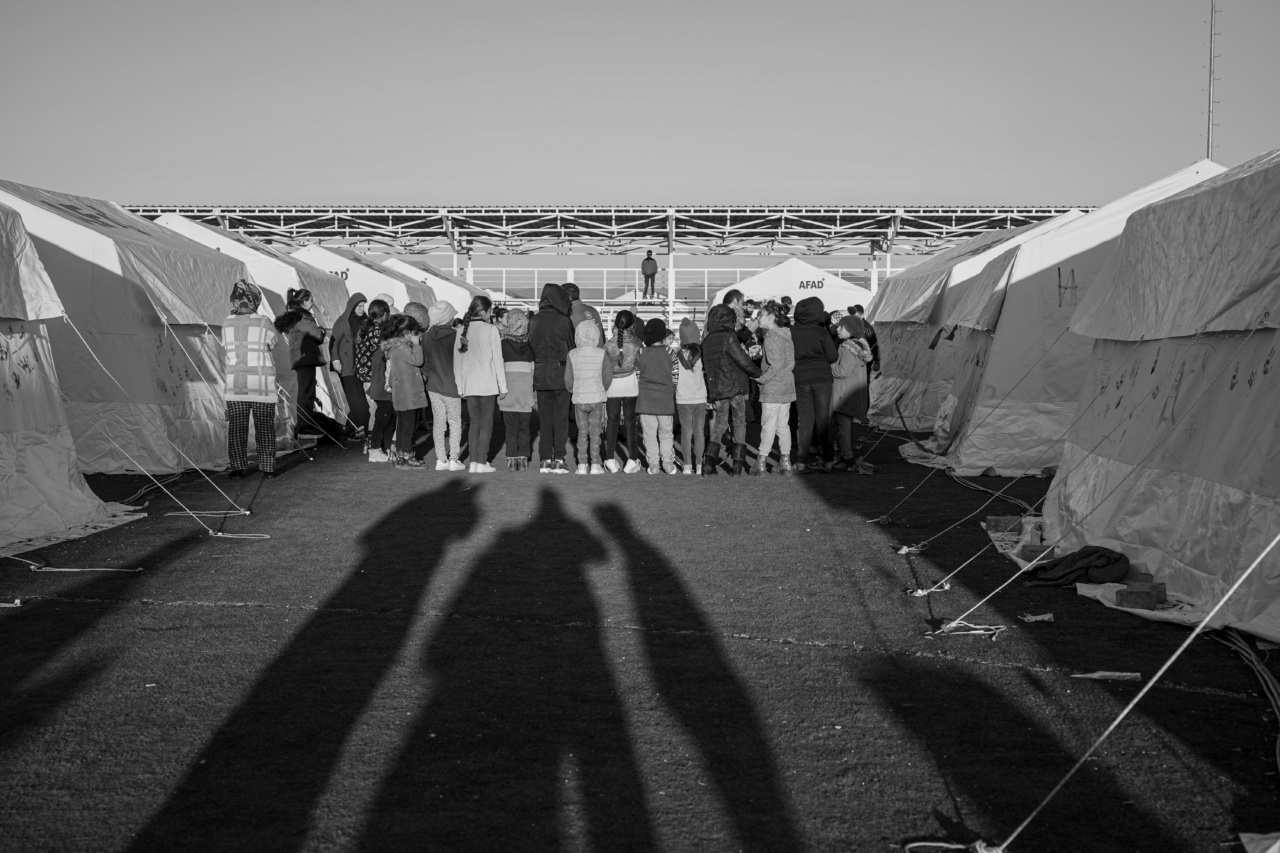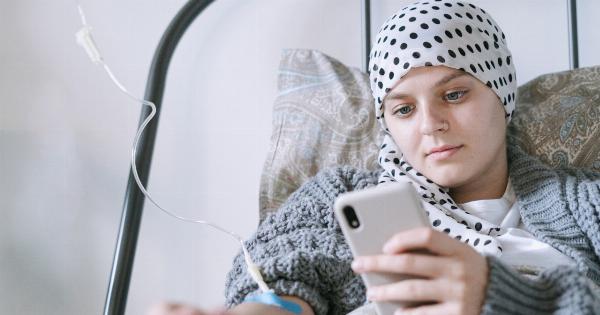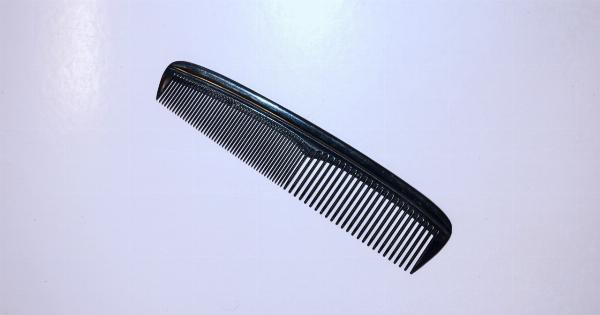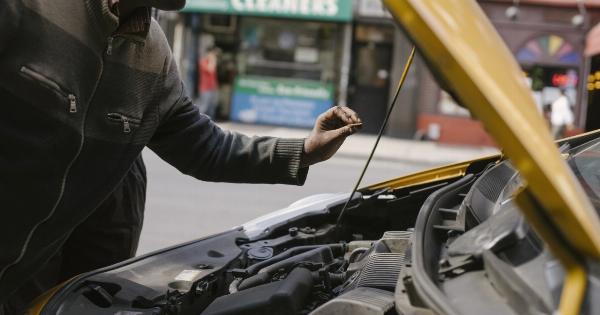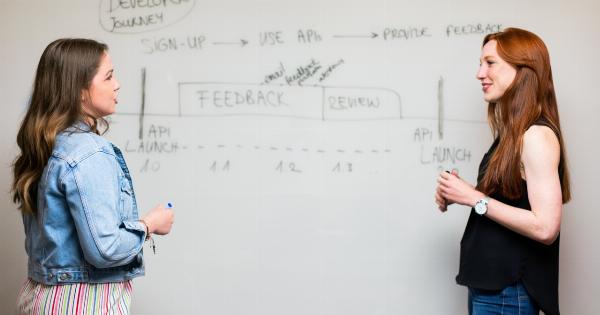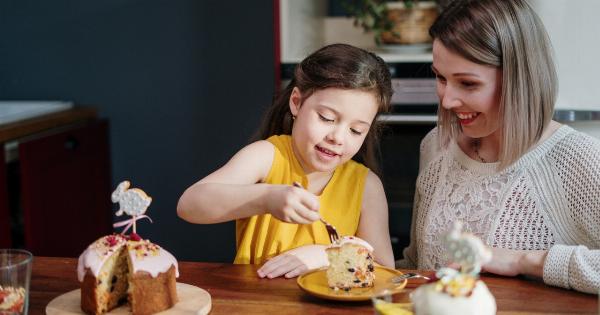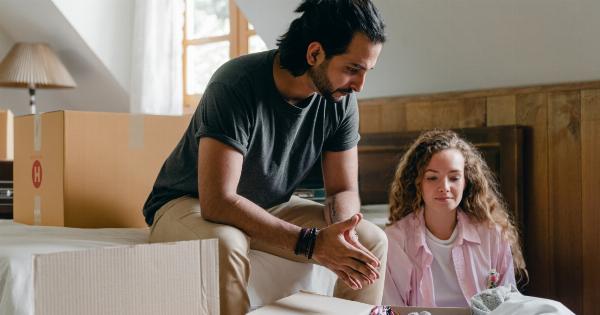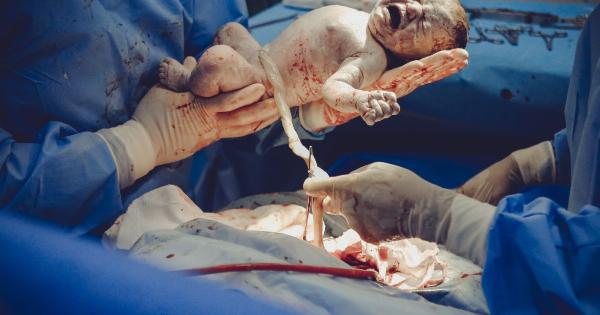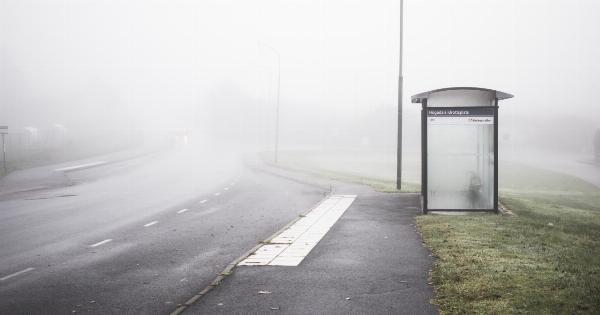Accidents happen in the home all the time, and it is important for both parents and kids to be prepared for them.
Various household items can be poisonous to kids if ingested, which is why having knowledge of common household poisons and first aid for kids is essential. This article will provide information on some of the most common household poisons and how to administer first aid for kids in such situations.
Common Household Poisons
Children tend to be curious and explore their surroundings, which can often lead to them accidentally ingesting harmful substances. Here are some of the most common household poisons:.
1. Medications
Medications such as ibuprofen and acetaminophen are found in almost every household. While these drugs may seem harmless, they can be poisonous when consumed in large quantities.
Symptoms of medication poisoning in kids include stomach pain, vomiting, diarrhea, dizziness, and confusion. If you suspect that your child has ingested medication, contact poison control immediately.
2. Cleaning Products
Common cleaning products such as bleach, hand sanitizers, and dishwasher detergents can be poisonous when ingested. Kids may accidentally drink these products, thinking they are drinks.
Symptoms of cleaning product poisoning include abdominal pain, vomiting, and coughing. Keep these products out of reach of children and always store them in a locked cabinet.
3. Insecticides and Pesticides
Insecticides and pesticides are commonly used to keep harmful insects away from homes and gardens. They contain toxic chemicals that can be hazardous when inhaled or ingested.
Keep these products away from children and pets, and follow the instructions on the label for safe use and disposal.
4. Plants
Some common household plants such as lilies, daffodils, and azaleas can be toxic to kids when ingested. Symptoms of plant poisoning include stomach upset, rash, and difficulty breathing.
Keep these plants away from young children and pets, and learn to identify toxic plants in your home and garden.
First Aid for Kids
In case of accidental poisoning, it is important to act quickly. Here are some steps to follow in administering first aid for kids:.
1. Call for Help
The first step in administering first aid for kids in case of poisoning is to call for help.
Contact your local poison control center or emergency services immediately and provide them with as much information as possible, including the name of the substance and the amount ingested.
2. Stop Ingestion
If possible, prevent the child from ingesting any further poison. If they have swallowed a solid object, do not force them to vomit as this could cause further harm. Instead, give them water or milk to dilute the poison.
3. Monitor Breathing
If the child is having trouble breathing, perform CPR if you know how to do it, or wait for medical professionals to arrive.
4. Follow Medical Instructions
Medical professionals may advise you to take the child to the hospital, induce vomiting or administer medication. Follow their instructions carefully and stay calm.
Conclusion
Accidental poisoning is a common occurrence among children, and it is important for parents and caregivers to be prepared for such situations.
By being aware of common household poisons and administering proper first aid for kids, you can help prevent serious harm or even death. Remember to always keep hazardous substances out of reach of children, and seek medical help immediately if you suspect your child has ingested a poisonous substance.
